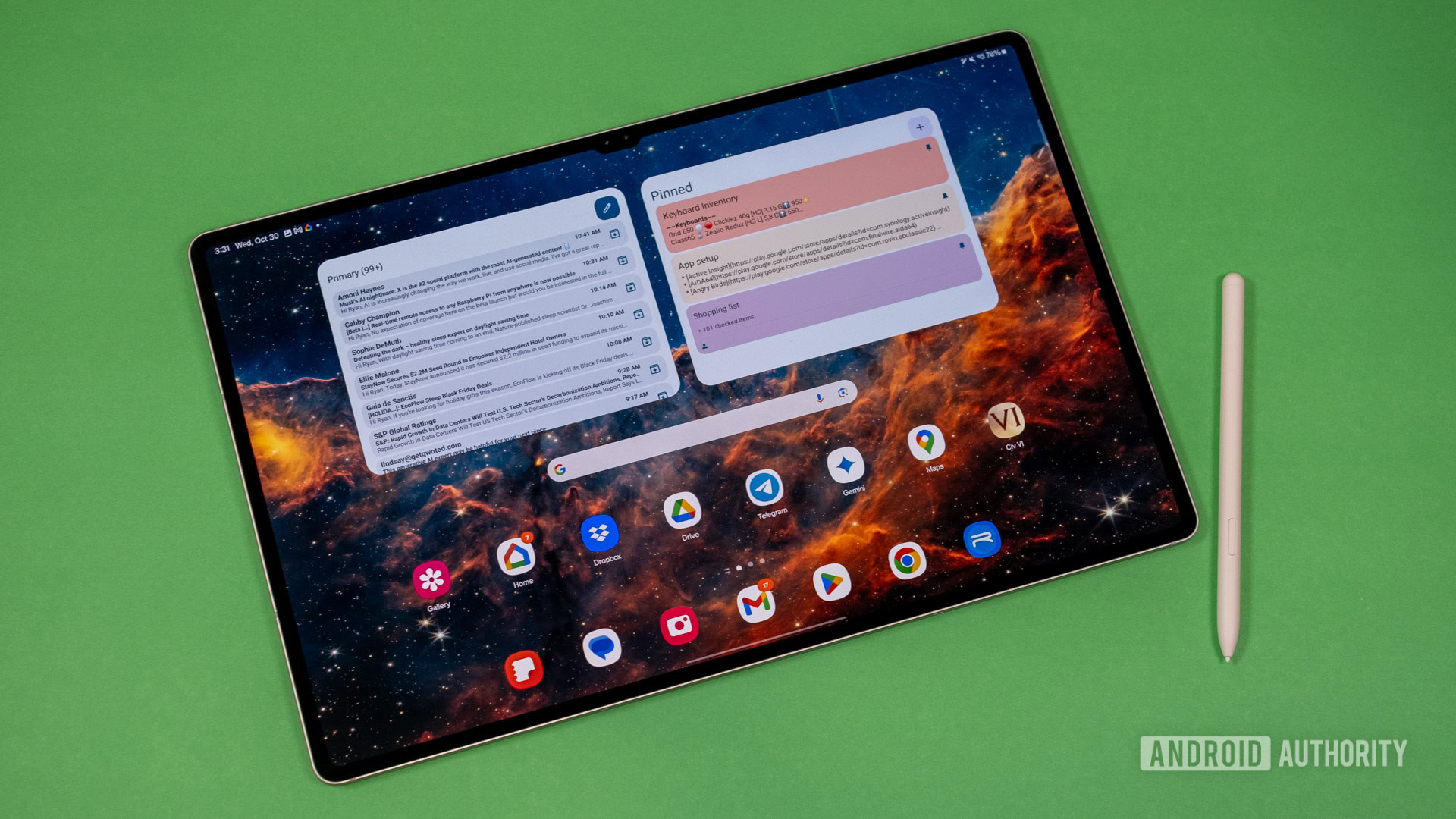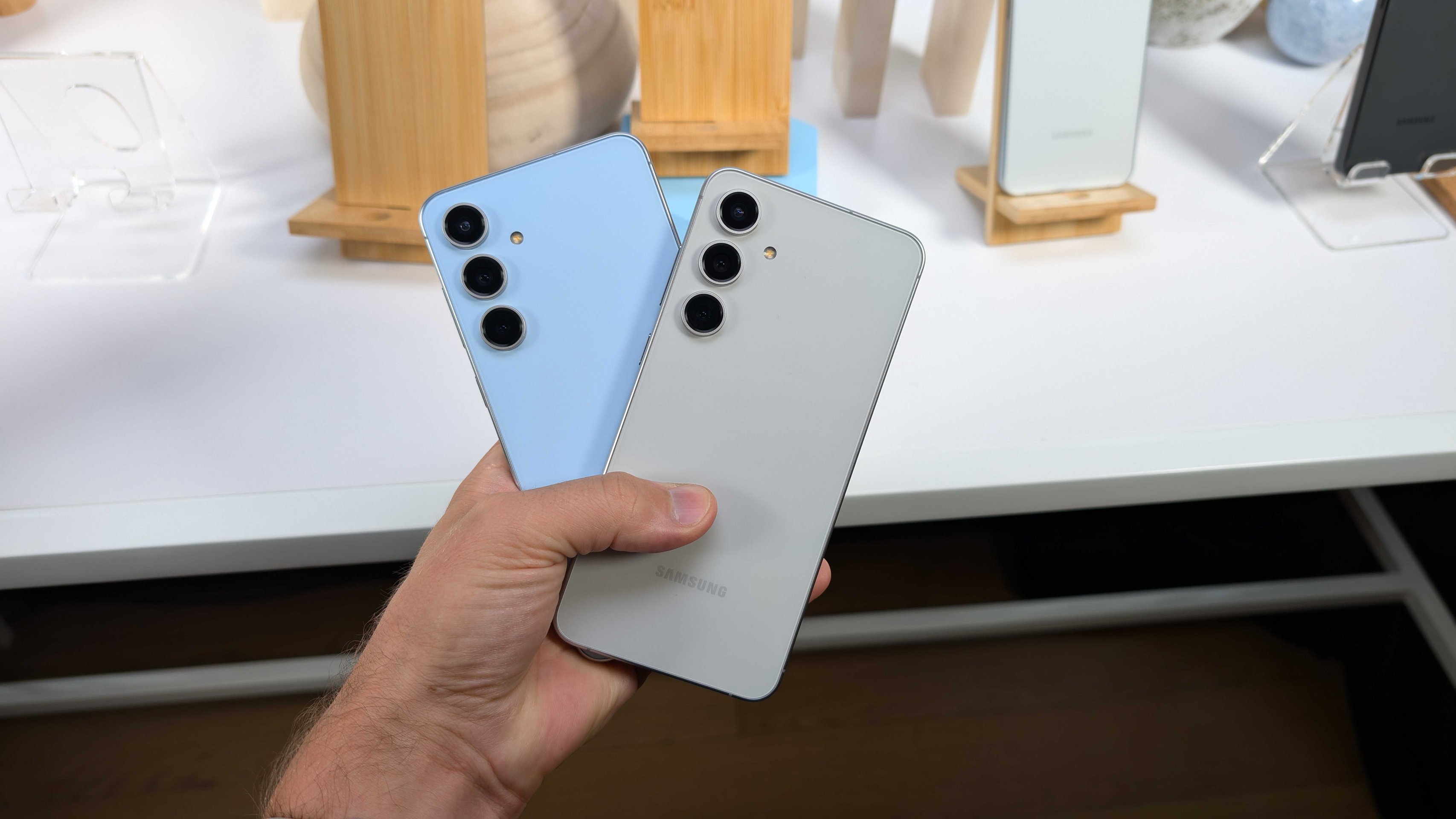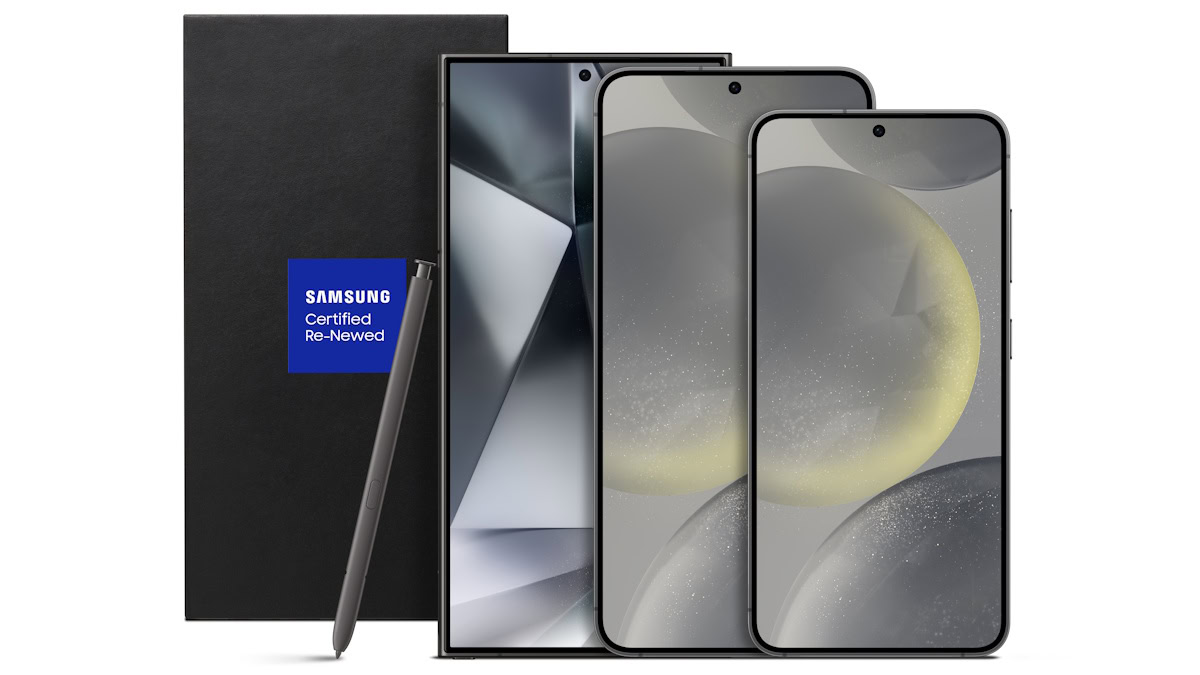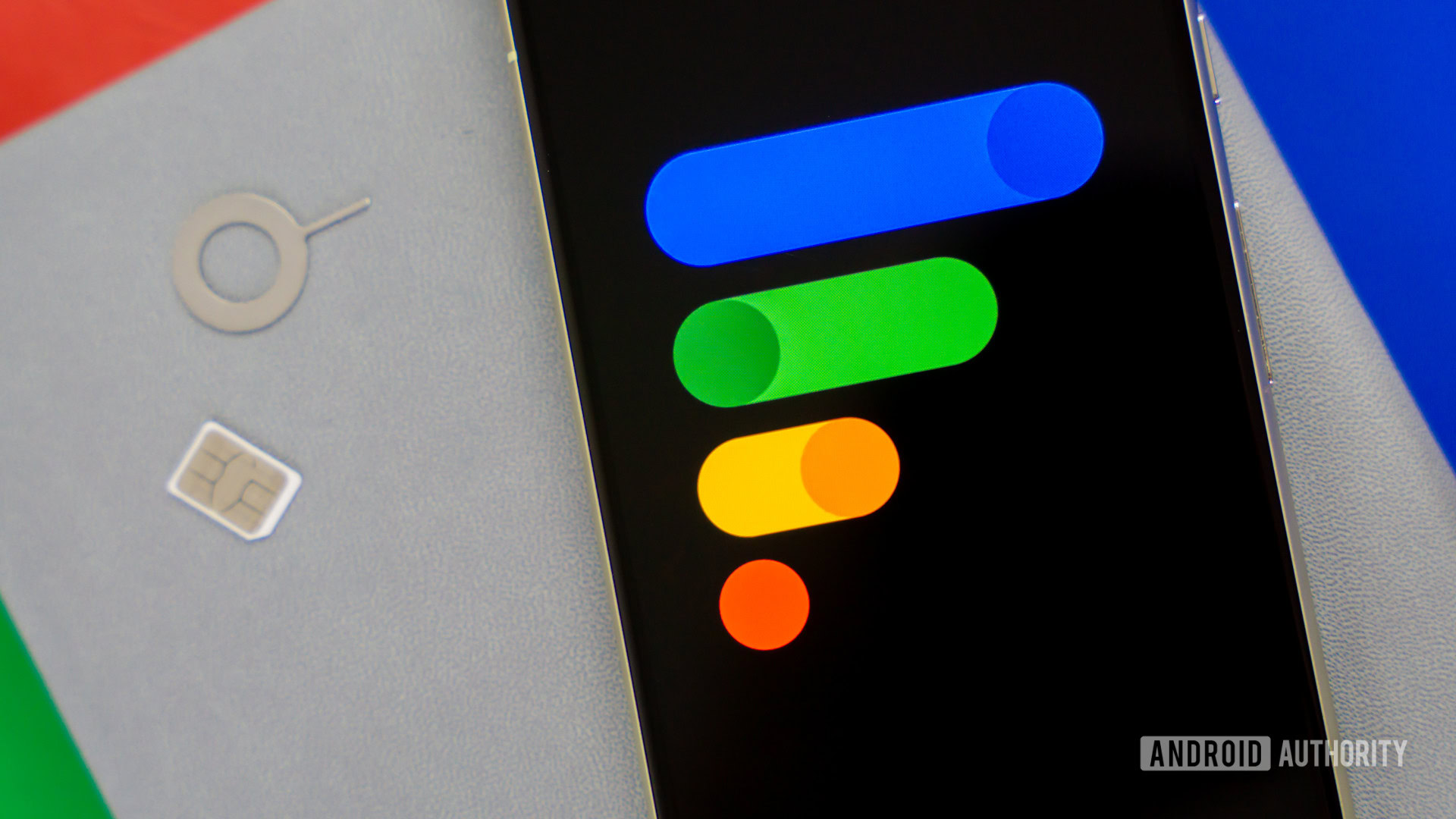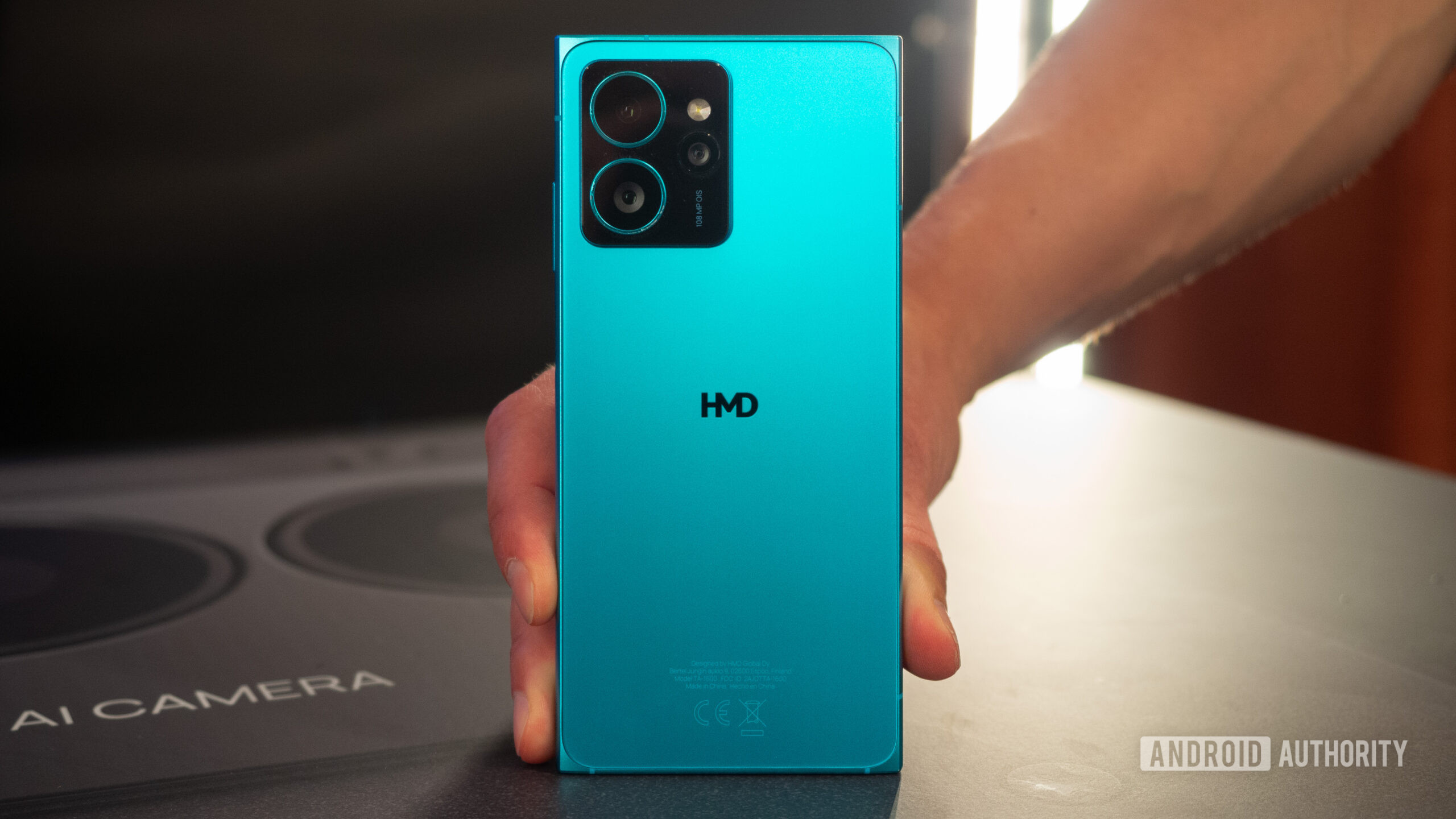The Insta360 X5 ($550) is the company’s latest 8K 360 action camera and, while it remains a different proposition to traditional action cams, it is more powerful, more reliable and easier to use.The X5 has a larger 1/1.28-inch sensor compared to the X4's 1/2-inch sensor, ensuring more detail and a notable boost to low-light performance.The issue with wide-angle camera capture is that detail gets lost, especially in low-lit settings.The specification upgrades this time around reduce that substantially, including up to 13.5 stops of dynamic range.Over the years, I’ve tried to incorporate 360-degree cameras into my workflow, using them both on vacation or at events.
However, a lot of the content I capture is either during the evening or in a dark venue, literally the main weakness of these kinds of cameras.In a bid to address those shooting conditions, Insta360 introduced a new PureVideo mode that with AI noise reduction and dynamic range optimization for clearer, brighter footage in low-light conditions.It’s not perfect, but it moves dim video from unusable to decent, if not outright good.
With a 5nm AI chip and two imaging chips, the X5 can also now capture Active HDR on footage at up to 5.7K 60 fps.This chip array also reduces processing time.Insta360 doesn’t specify how much faster, but anecdotally, on-device processing and file transfers to my smartphone were noticeably faster.Videos are saved almost instantly onto the camera, while saving several short clips to my phone took around 30 seconds, compared to minutes on previous devices.ADVERTISEMENTAdvertisementWhile the X5 doesn’t offer higher resolution video than its predecessor, it packs in even more shooting options, like InstaFrame, which is fast becoming my go-to shooting mode.
InstaFrame can record a typical “flat” video and a 360-degree video at the same time.The notion is that this gives an “instantly shareable” flat video, with no reframing or heavy editing needed.But when you do have to, Insta360’s companion smartphone app has been further improved, with some incredibly useful editing tools.You can re-edit 360-degree video to focus on the user, or force a single view.
It’s all quite intuitive too, which is a trait that shouldn’t be ignored.The X5 an incredibly versatile tool, and there’s something to be said for a camera that can capture .However, in less favorable conditions (or when you’re not the camera person), you might prefer the simpler settings and shooting methods of a traditional action camera.The X5 does perform better in lower light, but it doesn’t quite match the improvements we’ve seen in low-light smartphone photography in recent years.Despite my cautiously walking around in the late evening to capture low-light footage, there was a vibration after-effect as the camera struggled to stabilize the footage.
This can be reduced by staying still, but even with PureVideo (which can also be a little too aggressive addressing noise), it’s not quite there yet.I will continue to test the camera and provide further impressions.Insta360 pushed a firmware update to the X5 hours before I published this story, adding 4K60fps recording in single-lens mode, and several resolution bumps across other recording modes.ADVERTISEMENTAdvertisementDesign-wise, you have to get up real close to tell the difference between the X5 and the X4.
They’re largely the same size, although Insta360 has switched to a polygon effect on the front, with a panel for the mic (and a new mesh wind guard).The battery compartment and microSD slot are secured with a double latch where the microSD slot lives, and are protected by solid covers with sliding locks.Both sides of the camera have a grippy texture, with record and mode buttons nestled under the screen.With the same threaded mount, Insta360’s existing selfie sticks will work with its latest camera, although fast-chargers and cases won’t, due to hardware changes.The most important thing: Insta360’s bullet time effect is still here – if you have the right peripheral.Most of the settings adjustments, like its predecessors, are found in pull-down menus from, well, pretty much every side of the screen.
Swiping right will take you to the gallery, while manual camera options are a left swipe away.Toggles and lock settings are located in the dropdown menu.There’s a lot, but if you’ve used a smartphone, you should find the basic navigation familiar.There’s a whole list of smaller notable hardware improvements on the X5 compared to the predecessor, too:ADVERTISEMENTAdvertisementScratch-resistant glass lenses —- which are replaceableLarger capacity battery that lasts up to 180 minutesFaster-charging battery (0 to 80 percent in 20 minutes)New built-in steel mesh wind guardIP68 waterproofing up to 49 feetMagnetic mounting system‘Twist to shoot’ record feature, to initiate recording by twisting a connected selfie stickThe Insta360 X5 is now on sale, priced at $550, with an Essentials Bundle also available for $660.
The bundle includes an extra battery, fast-charge case, “invisible” selfie stick, lens guards and a carry case.That’s $50 more than the Insta360 X4 was at launch.The improvements to both low-light performance and new shooting modes may be worth the price increase, but don’t expect crisp 4K (or 8K) video if light is an issue.Competition in this category remains relatively limited.
Ricoh continues its Theta series, with a similar camera form factor, but seems to focus on stills more than video, while GoPro’s Max 360 camera lacks features like traditional 4K video capture, let alone 8K recording.The best alternatives are arguably Insta360’s other 360 cameras, like last year’s X4.While there are less major spec and design changes compared to last year, the Insta360 X5 is another step forward for this type of camera, both in terms of imaging and in simplifying how you share what you capture.A 360 camera with versatility.Insta360 X5$550 at Insta360


